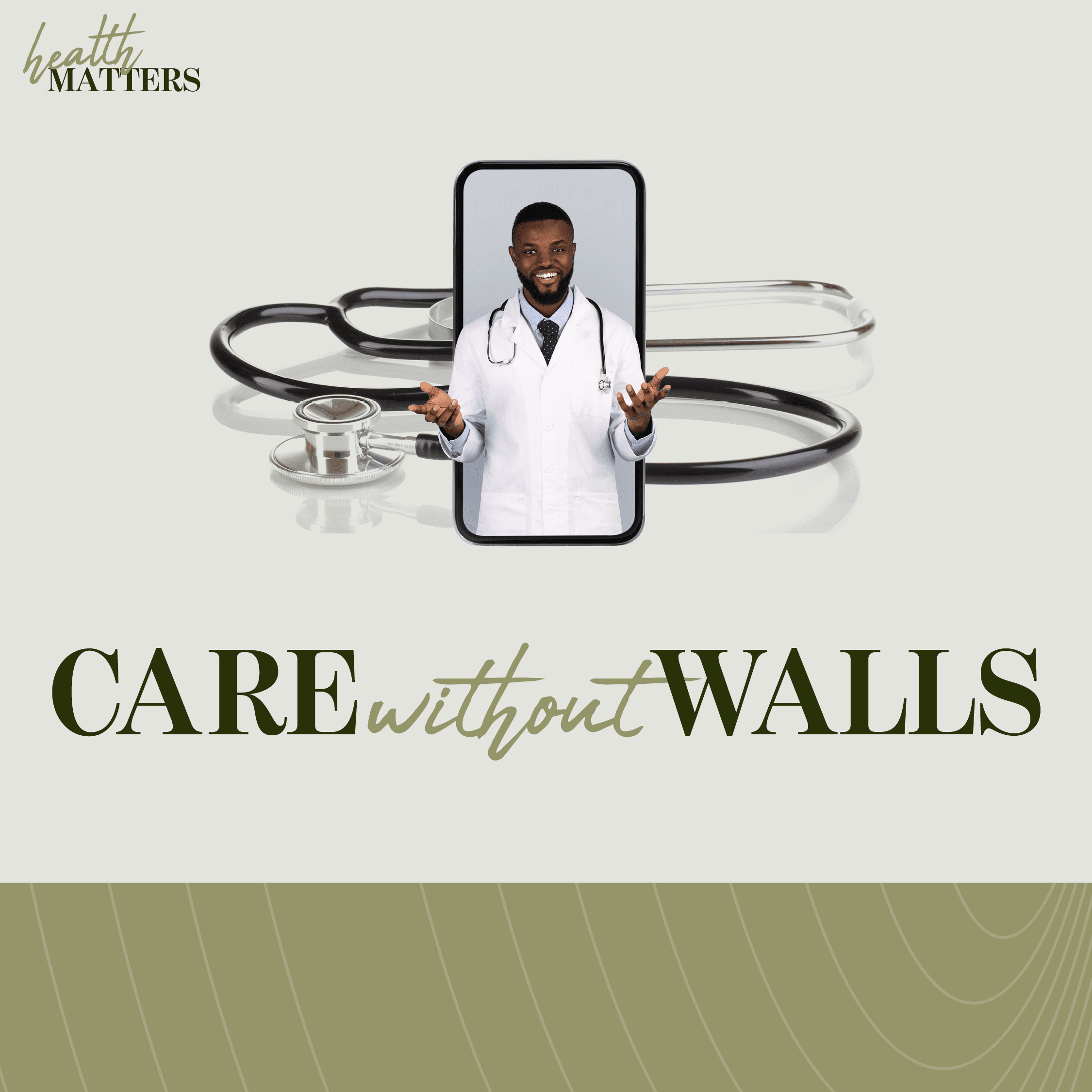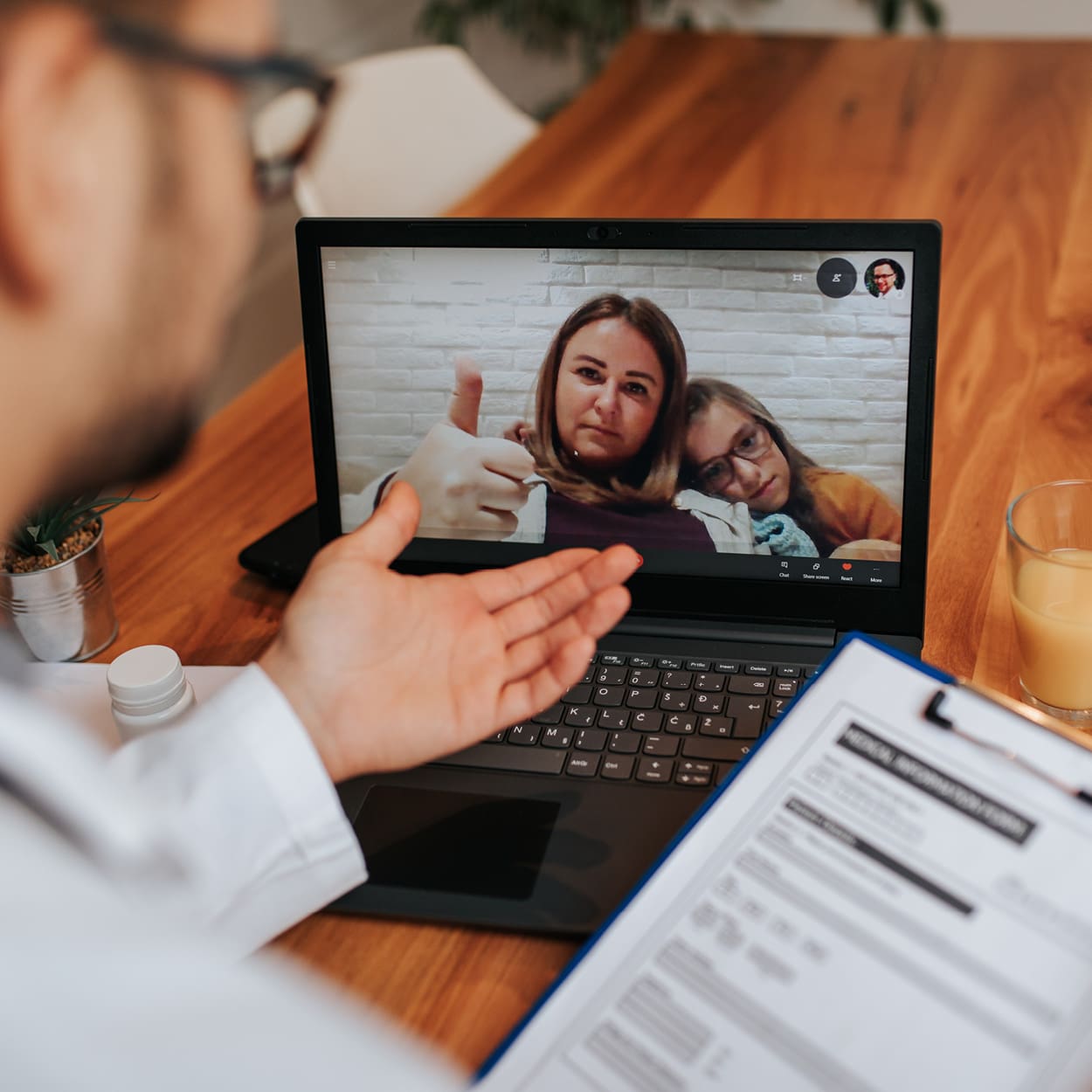
By Cindy Peterson
Virtual Visits Reshape How Families Manage Healthcare Needs

Telehealth (also referred to as telemedicine) expanded rapidly during the COVID-19 pandemic, becoming a crucial tool for delivering care and growing into an essential option for many patients today.
Before the pandemic, telehealth was primarily used in specialties like radiology and psychiatry. Reimbursement restrictions made it inaccessible to most patients.
The public health crisis forced a shift. Regulations were relaxed and Medicare and private insurance began reimbursing Telehealth at the same rates as in-person visits. This change sparked a 766 percent increase in telehealth encounters in the first three months of the pandemic, according to the American Medical Association.
CDC data shows that 30.1 percent of U.S. adults used telehealth in the past year as in-person visits rebounded — a slight decline from 37 percent in 2021. However, usage remains well above pre‑pandemic levels of under 1 percent.
The American Hospital Association (AHA) reports that 12.6 percent of Medicare beneficiaries used Telehealth in late 2023, up from near zero before 2020. The AHA says that’s because Telehealth “holds benefits for patients and health care providers, may result in outcomes not inferior to in‑person care.”
For many patients, this shift has been transformative. Natalie Natereno, a social worker at UF Health in The Villages, says virtual care removes many obstacles.
“One of the biggest barriers I see in my field is access,” she says. “Whether it’s transportation, childcare, work schedules or even just the stigma of walking into a therapy office, there are so many things that keep people from getting the support they need. I feel like Telehealth therapy helps break a lot of those barriers down.”
Natalie acknowledges that in-person visits still feel more personal, especially for emotionally heavy conversations, but she says that being at home can make some patients more open.
“It can actually be more relaxing to be in your own space, and that can actually help with having those deeper conversations,” she says.

Telehealth has also changed how healthcare providers work, giving many professionals new flexibility.
Chiropractor Nathaniel Beigler, owner of Lake Square Chiropractic in Leesburg, says Telehealth has been especially helpful for parents managing busy schedules.
“Telehealth has been helpful by reducing the need to arrange childcare or take kids to crowded clinics,” he says. “My wife, who is a pharmacist working from home, can now provide virtual consultations, medication reviews and patient counseling remotely. This flexibility supports work-life balance and helps my family stay connected and healthy while maintaining professional responsibilities.”
While Telehealth has improved access for many, it has not solved every problem. The National Library of Medicine study says that telehealth “remains more accessible to certain groups of patients than others.” People in rural areas with limited internet access and older adults with less experience using technology are less likely to use Telehealth services. Lower-income families may also struggle to afford electronic devices or reliable internet connections needed for virtual visits.
Physicians have raised concerns as well. Before the pandemic, many doctors questioned whether telehealth provided the same quality of care as in-person visits. Even now, some providers believe that building personal connections is harder when body language and other nonverbal cues are limited.
Despite these concerns, studies show telehealth can be as effective as in-person care for many conditions. Research suggests it works well for managing chronic illnesses like diabetes and high blood pressure and is a valuable tool for mental health care. A national study reported that most patients who used Telehealth during the pandemic considered their virtual visits “as good or better” than in-person care.
Telehealth may also lower costs for both patients and healthcare systems by reducing unnecessary emergency room visits according to research cited by the National Library of Medicine.
“Telehealth is now seen as a lasting and essential part of modern healthcare,” Nathaniel says.
According to Gala Batsishcha, MD with ScienceSoft Healthcare, telehealth appointments are expected to increase back to 25 or 30 percent by 2026.
Photos: Supplied
Originally from the small town of Berryville, Arkansas, Cindy has become a multimedia specialist in journalism, photography, videography, and video editing. She has a B.S. in Communications from the University of Central Arkansas and produces Style Magazine's Sports Hub Podcast and the Healthy Living Podcast. She also produces for Beacon College’s Telly Award-winning PBS show, “A World of Difference.” When she isn’t working, Cindy loves traveling the National Parks with her husband , Ryan, and son, David, photographing wildlife.







